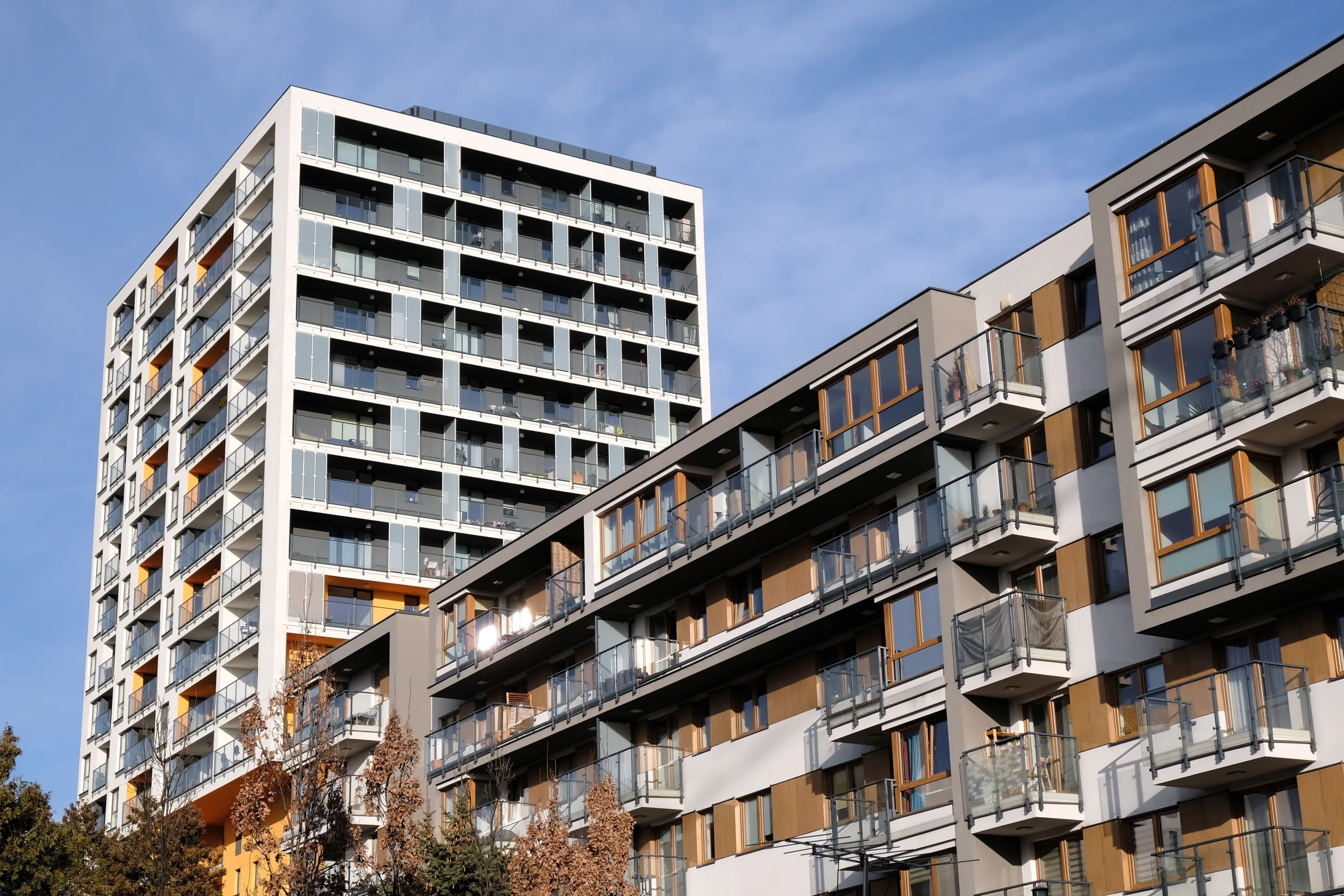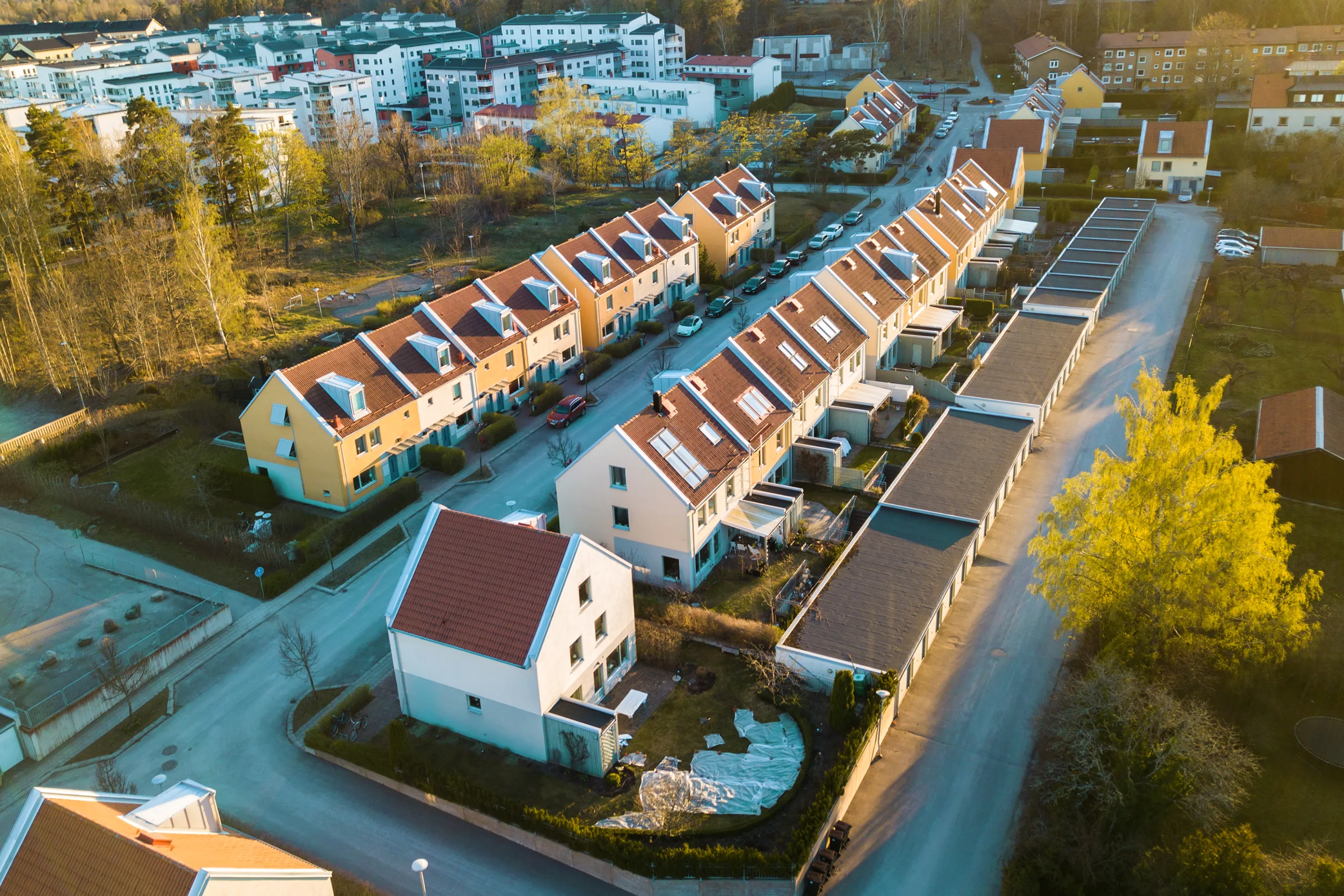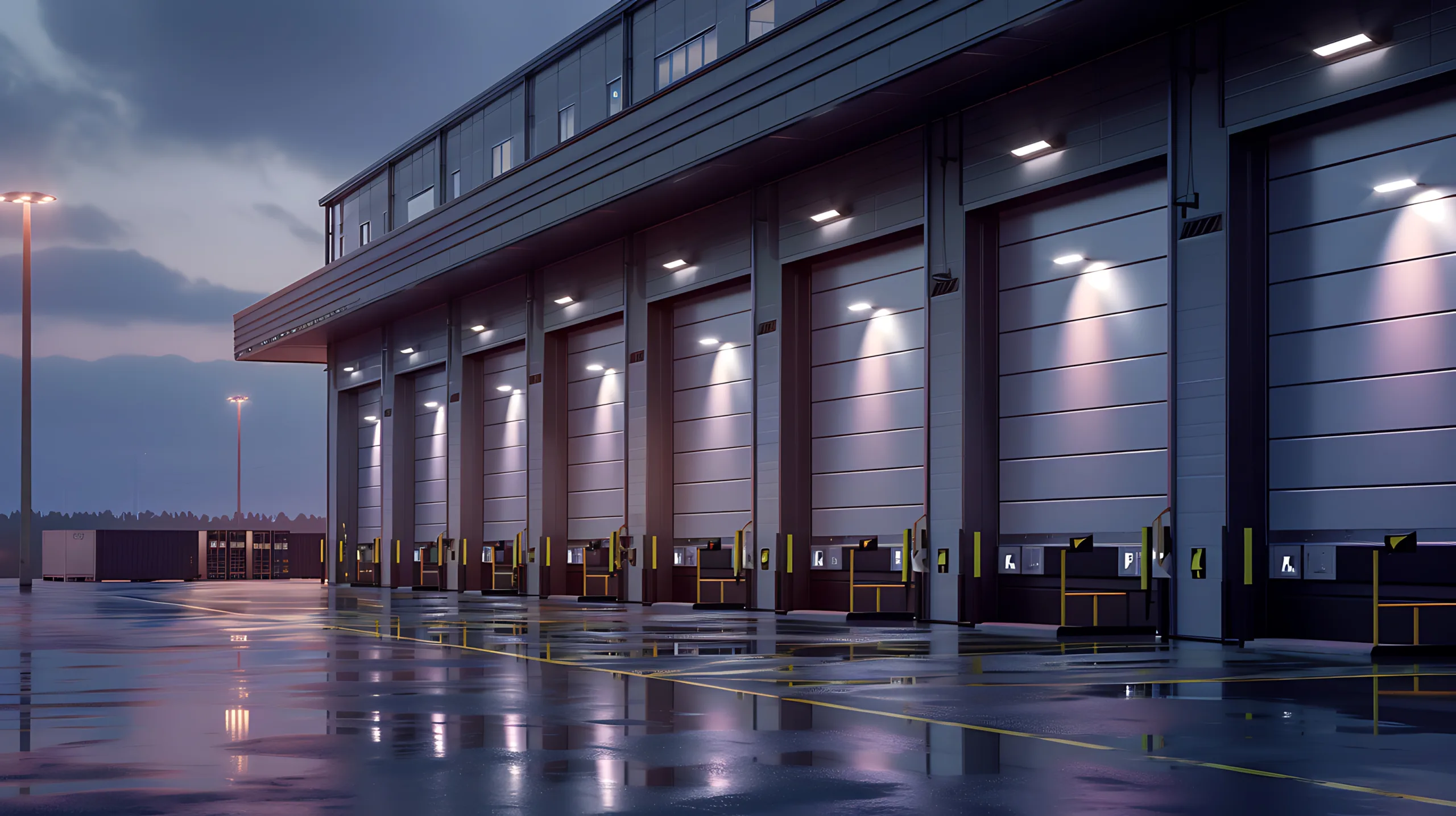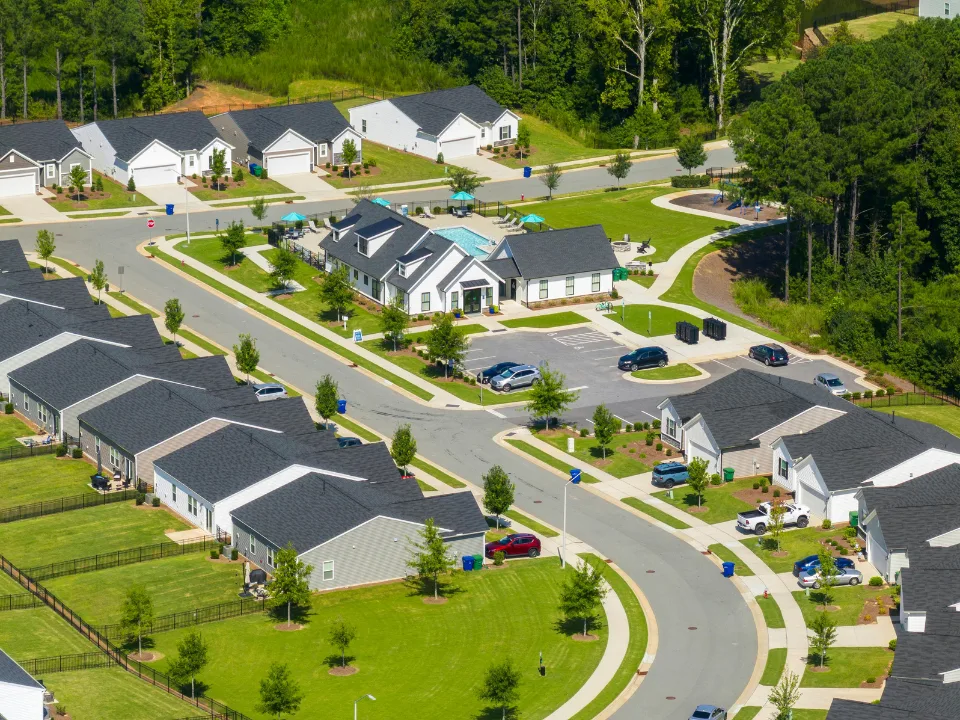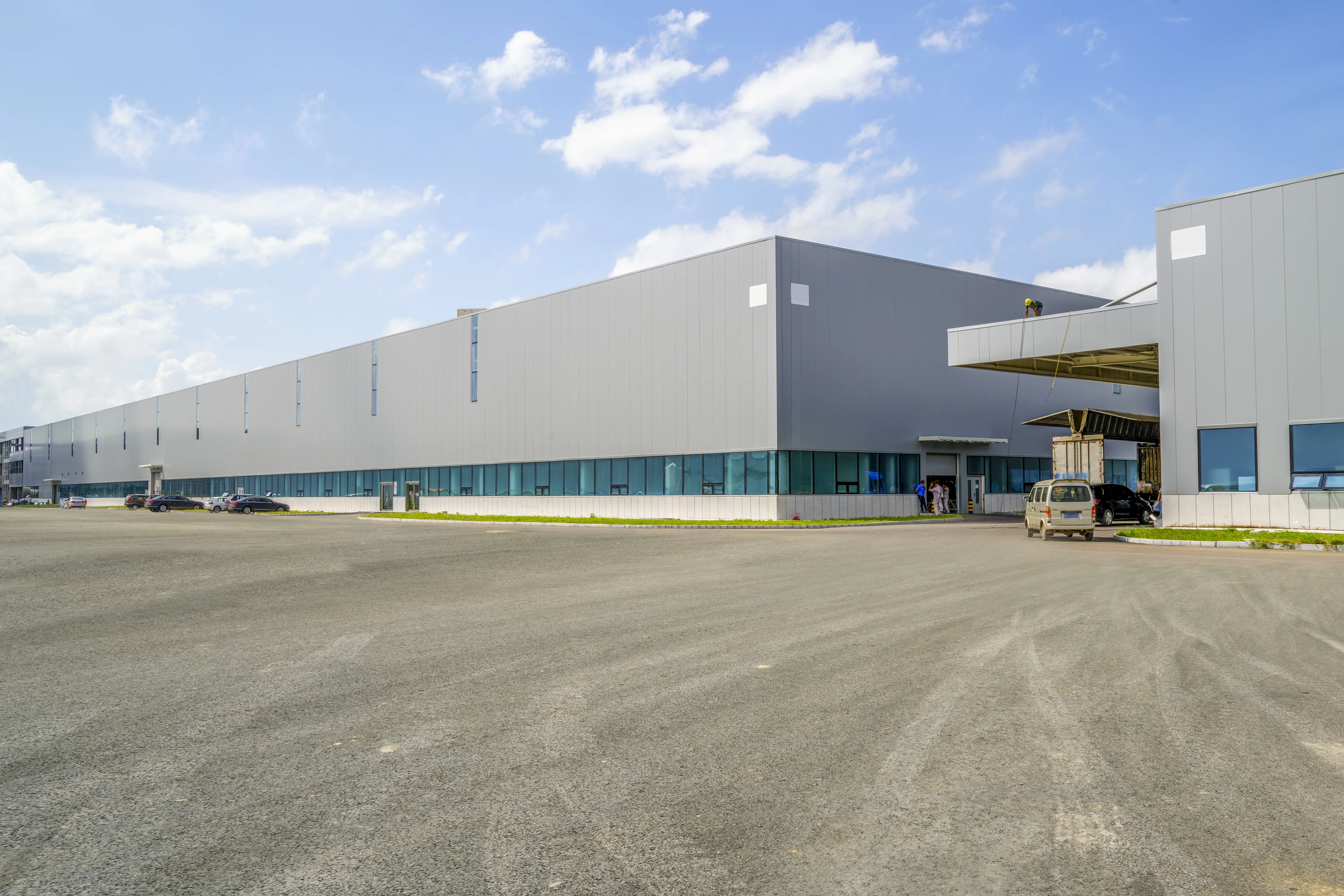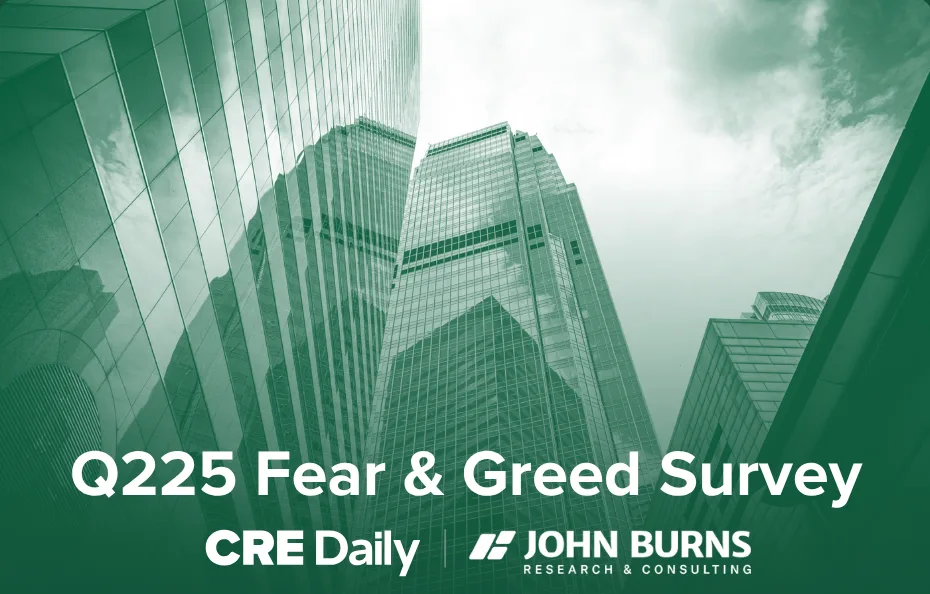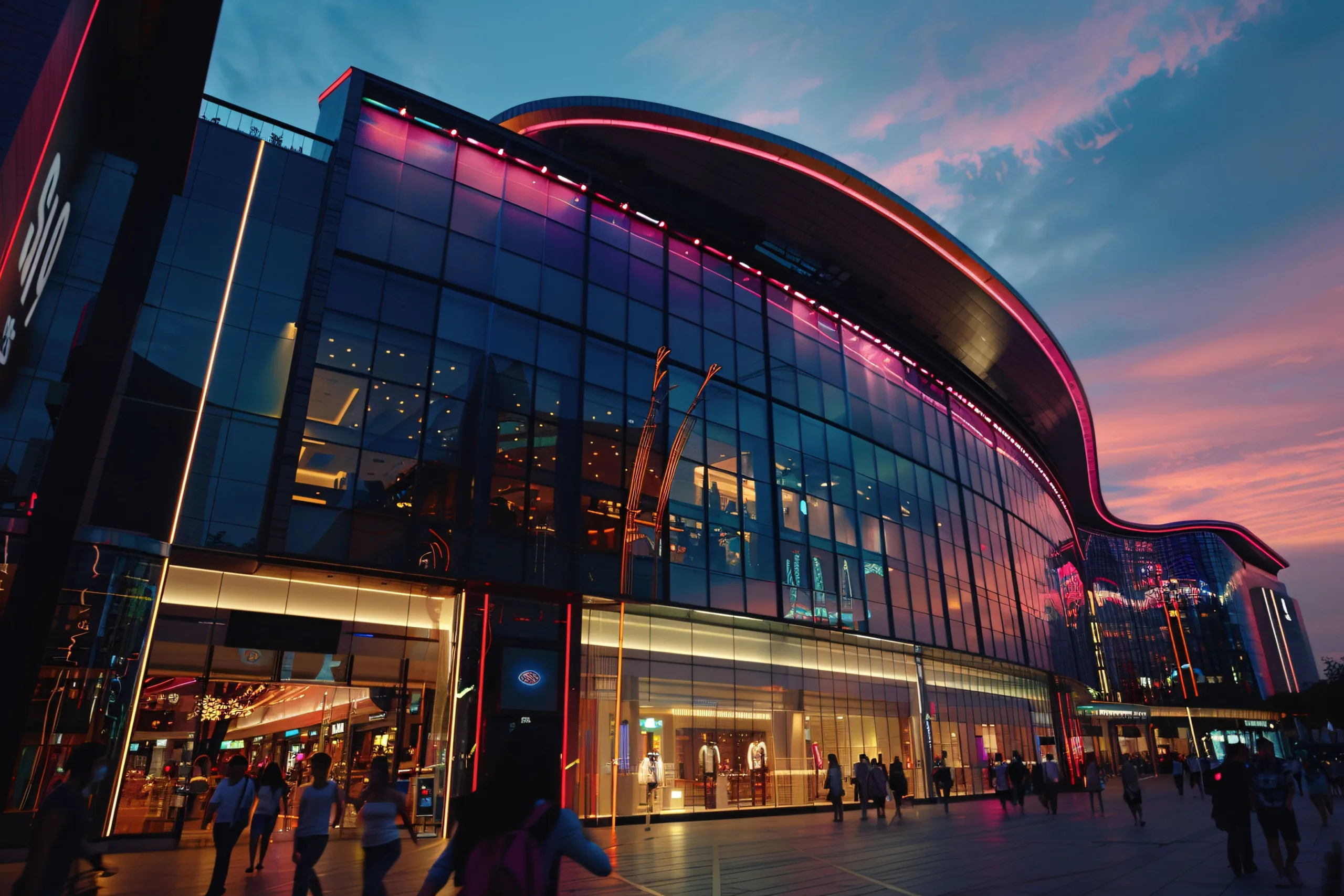- Industrial deal volume held steady at $22.87B in Q2, ending two quarters of double-digit growth amid economic and trade uncertainty.
- Warehouse vacancy rates hit 7.1% — the highest since 2014 — due to a surplus of space and slowing tenant demand.
- A sharp drop in new development points to investor caution, with Q2 completions down 47% year-over-year.
A Market Losing Momentum
After two quarters of strong growth, warehouse deal activity flattened in Q2. Industrial transaction volume totaled $22.87B, reports GlobeSt. The slowdown reflects investor hesitancy tied to shifting trade policy, macroeconomic headwinds, and a flood of supply that has yet to be absorbed.
Vacancy Rates Spike
For the first time since 2014, warehouse vacancy rates surpassed 7%, reaching 7.1% in Q2, Cushman & Wakefield reports. Lease-up timelines are also expanding. What previously took six months can now take up to 18, underscoring a shift in tenant behavior.
Get Smarter about what matters in CRE
Stay ahead of trends in commercial real estate with CRE Daily – the free newsletter delivering everything you need to start your day in just 5-minutes
A Supply Hangover
Nearly 1.9B SF of new industrial space has been delivered over the past four years, creating a lingering oversupply in the market. While this supply surge once met pandemic-era demand, retailers and manufacturers have since pulled back. That pullback is contributing to the current glut.
Development Slows
The industrial construction pipeline is tightening. Only 60M SF of new warehouse space was completed in Q2. That marks a 47% drop from the same period last year and the lowest quarterly total since early 2019, according to JLL.
Rising Costs, Slowing Confidence
Warehouse prices have jumped from $5.96 PSF in 2019 to $10.06 in Q2 2025. But with uncertain rent growth trajectories, many investors are now hitting pause on new commitments.
Looking Ahead
As developers and investors recalibrate expectations, the industrial sector may be entering a period of stabilization rather than expansion. With vacancy rising and completions falling, future investment will hinge on how quickly demand can catch up with the past four years of aggressive development.
